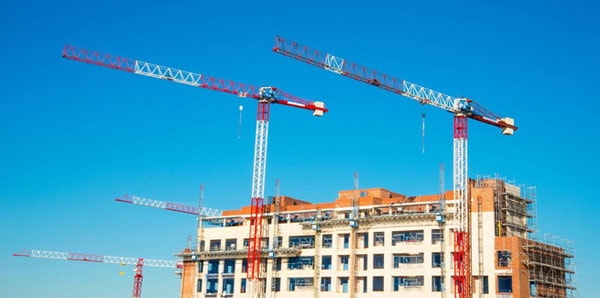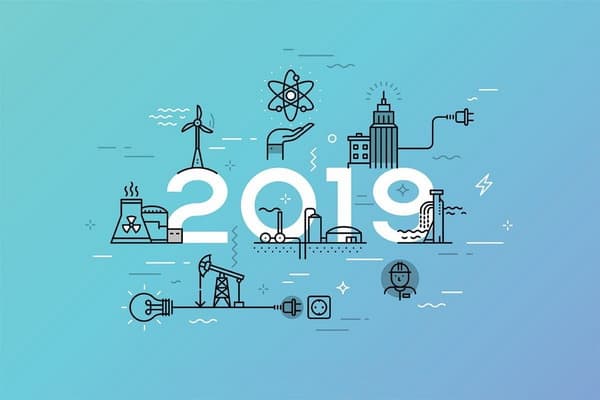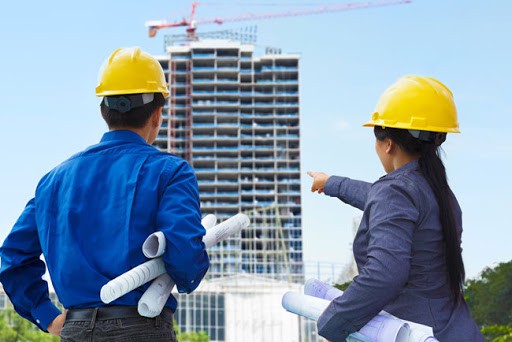
1. Commitment to sustainability
The first novelty that in the coming years will mark the destiny of the construction sector in Spain is its commitment to sustainability. This is defended by Javier Méndez, director of the Technical Cabinet of the COAATM, who explains that from this economic sector one must act “seeking to reduce building emissions by 40%”, in addition to encouraging the use of renewable energy in these to 27% “and that the energy efficiency of the projects improve by this same percentage”.
To make the figures effective, this expert emphasizes that construction professionals in Spain have to move “towards collaborative environments” that help to reflect “on a new architecture” in which almost null consumption drives “a qualitative leap in the sector that will no longer have a turning back ”. However, Méndez acknowledges that, in order to fulfill this purpose, it is necessary “greater harmony between the agents involved”, as well as combining strategies between the different administrations.
2. Robotics and artificial intelligence
From COAATM they assure, also, that in the not too distant future the extension of robotics to the residential construction field will take place. This possibility, Méndez emphasizes, “will allow us to completely redesign our sector and turn the construction once and for all into a true industry.” Specifically, this expert ensures that this new technology is already registering “very significant advances” in residential construction projects, which are not limited to the project phase.
This point of view is shared by Jorge Marqués, CEO of Privalore, who notes that the use of artificial intelligence will allow “to bring innovation to a sector with clear deficiencies in its levels of satisfaction and excessively atomized.” Thus, it considers that this new technology will facilitate professionals and clients to choose the best distribution of housing, select which elements should be replaced or choose a reform style that fits the lifestyle that consumers define in their social networks.
3. New Materials
Transparent aluminum, graphene and reflective concrete are some of the materials on which the new constructions will be based. These concentrate, from the point of view of the professionals of the Digital Construction HUB organization, “the greatest number of advances” that the sector will experience in the coming years.
Despite this, they point out that in their development “there is more than one inconvenience”, since “a large part of the new materials that appear on the market are used in the finishing phase”, leaving other segments of the construction process uncovered ” in which at the moment there is not much progress. In addition, they show that they are materials that stand out for being “more expensive” than traditional ones, so the extent of their use, while promoting important benefits for users, will be conditioned to this aspect and the economic capacity of promoters and customers.
4. Housing for new population profiles
Labor mobility, new family models or reduction of the disposable income to be used for housing are constituted as some of the factors that will mark the new residential construction model in Spain in the future. Some aspects among which, in the opinion of Sebastián Molinero, general secretary of Andimac, the demographic aging stands out. In fact, this expert recognizes that the relevance of the indicator is such that, during the next decade, in our country “housing models designed exclusively for this population profile will emerge”.
Although he considers that the adaptation of homes to older people “will be a necessity in Spain”, this expert recognizes, in parallel, that the “big problem” of the residential sector will be verified “in the great constructive wealth that already has a large part of the Spanish territory”. “In it, the young population migrates to the big cities, the Middle Ages grow alarmingly and in the future a large part of these town houses, many of them of great quality, will be abandoned,” he laments.
5. Attraction of stable income
The development and deepening of globalization is another reason that will promote a new trend in the field of Spanish construction, which will be led by the attraction and mobility towards Spain of stable income. In this sense, from Andimac they point out that “the big question” is whether the interregional and transnational population movements will increase the foreign content of the residential projects that are carried out.
In this regard, Molinero believes that the aforementioned displacements to our country will be a consequence “of the quality of life it provides to Spain”, since it contains “great potential to attract stable income from areas of the planet with great growth, but not They offer that level of well-being. ” “If this happens, the construction sector will undoubtedly have a new niche to act on,” he adds.
6. Protagonism of new stays
The 4.0 construction revolution will also affect the interior of the houses, since in the coming years there will be a paradigm shift in the distribution of real estate and the prominence of the different rooms. According to David Mayolas, general director of Geberit Iberia, some spaces of the house, until now static, as it happens with the bathrooms, will gain use and visibility. A turn that will respond to the already experienced by other areas of real estate, as has happened with kitchens.
In this line, Mayolas ensures that the trend will be characterized “by changing elements so far essential of the room, such as hiding the cistern and suspending the toilet.” Such modifications will improve, on the one hand, the appearance of the space and facilitate the cleaning of the floor and the wall, on the other. Similarly, reducing the dimensions of the cargo volumes of both elements will save up to 6,000 liters per year in the use of water.
7. Healthcare buildings
Finally, the coming residential construction will also analyze the way in which buildings impact the health of the inhabitants. A trend, called Well Building Standard, which includes, according to Privalore, “all the necessary practices so that a building and the houses it contains take care of our health and extend our lives.” For this, their properties will develop up to 110 different measures, grouped into seven categories: air, water, nutrition, light, fitness, comfort and mind.
On a practical level, Marqués explains that this concept is applied in real estate from the most basic levels, “how can it be to associate health with acoustic comfort and, therefore, apply double glazing in the windows of the house”; until promoting the exercise of the people who reside in it, “placing the stairs in the most visible places of the building, with musical thread and informing of the calories that are burned going up on foot”. At the moment, this building model is present in 80 countries, Spain included.



